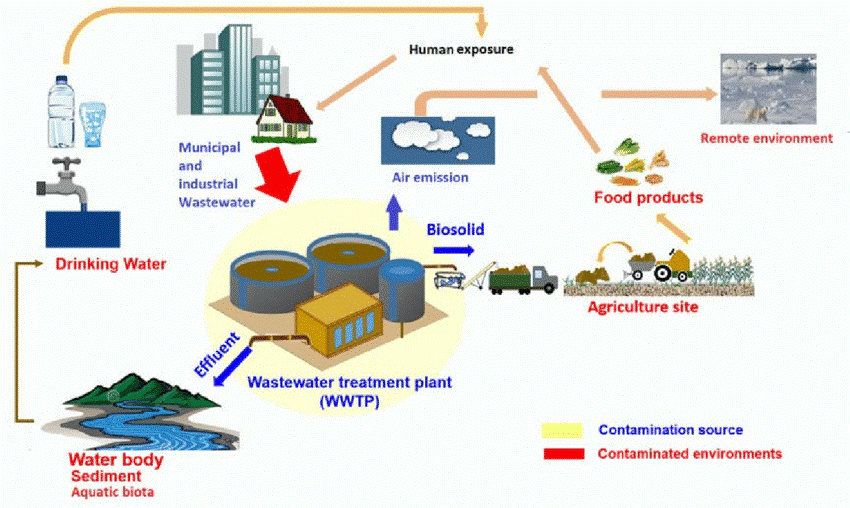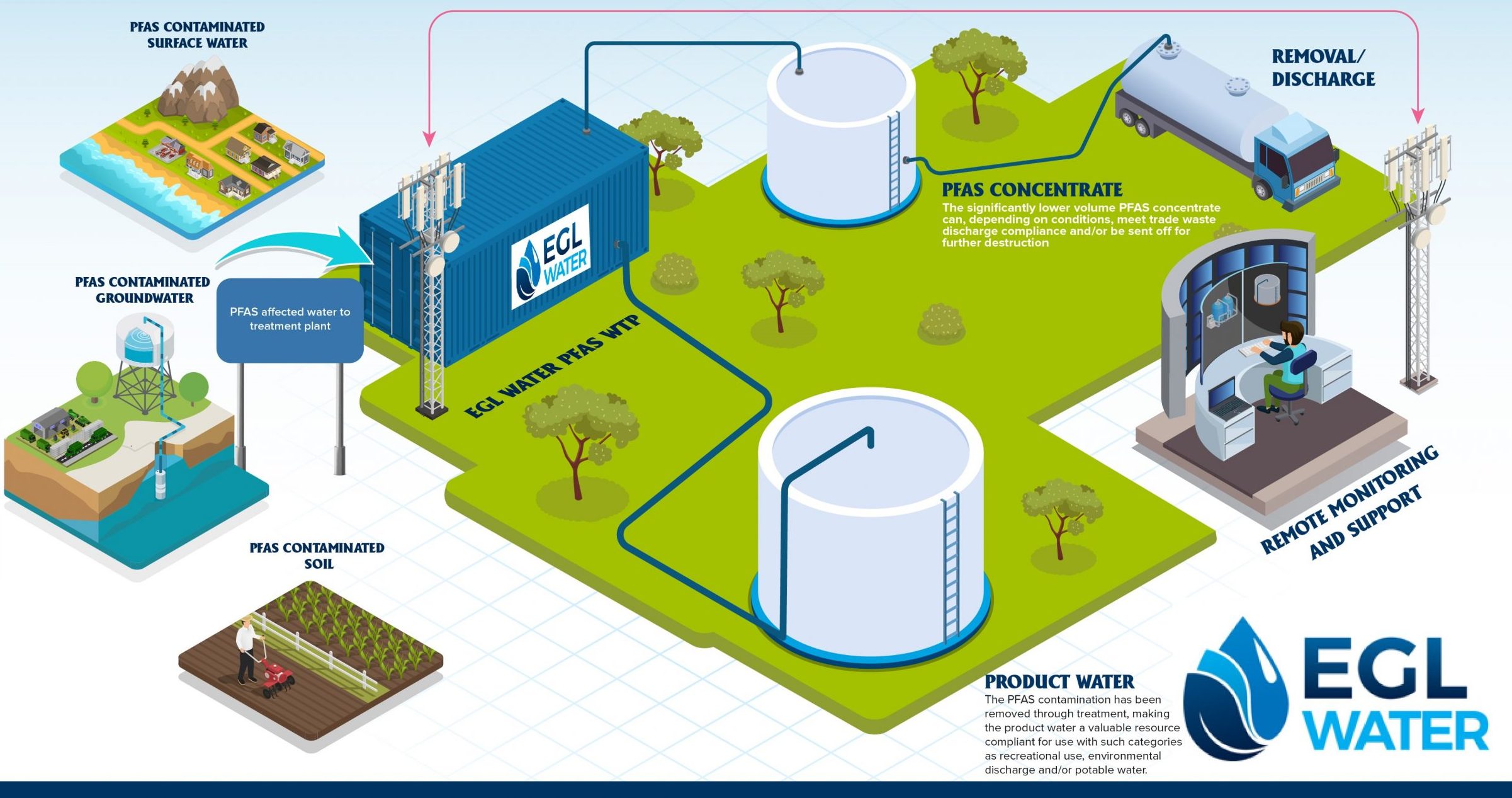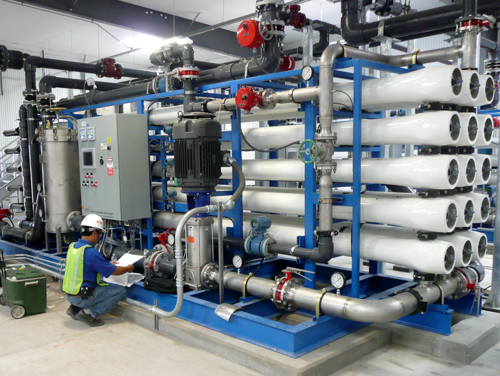Effective PFAS Waste Management in Industrial Environments
Your Overview to PFAS Therapy Technologies and Perks
The occurrence of PFAS contamination in water sources demands a detailed understanding of readily available treatment technologies. Different techniques, such as triggered carbon purification, ion exchange systems, and progressed oxidation procedures, existing distinct advantages in resolving these persistent pollutants. Each innovation not only targets specific PFAS substances but additionally plays a critical function in boosting overall water top quality and safeguarding ecological stability. As areas come to grips with the implications of PFAS direct exposure, the selection of an ideal treatment approach becomes increasingly crucial, prompting a better assessment of these technologies and their particular advantages.
Understanding PFAS Contamination
Understanding PFAS contamination is important for resolving its prevalent influence on environmental and human health and wellness (m270 pfas treatment). Per- and polyfluoroalkyl substances (PFAS) are a group of synthetic chemicals commonly made use of in various industrial and consumer items as a result of their water- and grease-resistant buildings. Typically discovered in firefighting foams, non-stick pots and pans, and water-repellent textiles, PFAS have gotten in the setting via production procedures, wastewater discharges, and seeping from land fills
As soon as launched, these substances persist in the environment, causing extensive contamination of soil and water sources. Their special chemical structure, defined by strong carbon-fluorine bonds, provides them immune to degradation, causing a sensation referred to as "forever chemicals." Consequently, PFAS can build up in the human body and the food cycle, possibly causing negative wellness effects, consisting of immune system disruption, developing concerns, and a raised risk of specific cancers.
Governing companies and health companies are progressively recognizing the relevance of PFAS contamination, prompting initiatives to keep track of, evaluate, and mitigate its results. Recognizing the pathways of PFAS contamination is vital for educating public law and creating efficient approaches to safeguard both ecological and human health.
Review of Treatment Technologies
Different therapy technologies have actually been created to deal with the obstacles posed by PFAS contamination in water and dirt. These modern technologies can be extensively identified into numerous categories, each with its one-of-a-kind mechanisms and efficiency in getting rid of PFAS compounds.
One famous strategy is ion exchange, which utilizes resin materials to record and eliminate PFAS from contaminated water. Another technology, progressed oxidation procedures (AOPs), utilizes solid oxidants and ultraviolet light to break down PFAS into less unsafe materials.

Activated Carbon Filtering
Turned on carbon filtration is an extensively used technique for the elimination of PFAS from infected water, recognized for its capacity to adsorb a wide series of organic compounds. This modern technology employs turned on carbon, an extremely porous material with a substantial surface, which assists in the binding of PFAS particles with physical adsorption. The efficiency of triggered carbon in eliminating PFAS is influenced by a number of elements, including the sort of carbon used, the contact time, and the focus of PFAS in the water.
Among the benefits of triggered carbon filtration is its flexibility; it can be carried out in numerous setups, such as granular triggered carbon (GAC) systems or powdered activated carbon (PAC) systems. GAC systems are generally employed in larger-scale applications, while PAC can be made use of in smaller sized or momentary setups. The technology is reasonably very easy to run and preserve, making it available for numerous water treatment facilities.

Ion Exchange Equipment
Ion exchange systems represent one more effective method for the elimination of PFAS from infected water, matching methods like activated carbon purification. These systems operate the concept of trading ions in the water with ions hung on a resin material. Ion exchange resins can be particularly created to target learn the facts here now the adversely billed PFAS substances, effectively capturing them and permitting cleaner water to go through.
One of the key benefits of ion exchange systems is their capability to get rid of a variety of PFAS, including both long-chain and short-chain variants. This convenience makes them appropriate for various applications, varying from community water treatment to industrial procedures. Additionally, ion exchange systems can typically accomplish reduced detection limits for PFAS contrasted to a few other therapy approaches, hence improving water quality.
However, it is important to check and handle the regeneration of ion exchange media, as the performance can decrease my latest blog post in time because of saturation. Proper upkeep and substitute of the resin are important for maintaining the system's efficiency. On the whole, ion exchange systems give a reliable and efficient service for PFAS elimination, adding significantly to risk-free alcohol consumption water requirements and environmental management.
Advanced Oxidation Processes
Advanced Oxidation Processes (AOPs) utilize effective oxidants to successfully degrade PFAS compounds in infected water. These cutting-edge treatment techniques create highly responsive species, such as hydroxyl radicals, that can damage down complex PFAS molecules right into much less harmful results. m270 pfas treatment. AOPs typically use mixes of ultraviolet (UV) light, ozone, hydrogen peroxide, or Fenton's reagent, improving the oxidation possibility and boosting destruction performance
The primary benefit of AOPs lies in their capacity to target a wide range of PFAS compounds, consisting of both long-chain and short-chain variations. This versatility is crucial, as PFAS contamination often includes mixes of various compounds with varying chemical structures. Moreover, AOPs can be integrated into existing water treatment systems, making them a practical option for lots of important site towns and sectors.
Nonetheless, the implementation of AOPs can be resource-intensive, calling for mindful factor to consider of operational prices and energy usage. Furthermore, while AOPs work in damaging down PFAS, they might not completely get rid of all byproducts, necessitating additional treatment actions - m270 pfas treatment. On the whole, AOPs represent an appealing opportunity for dealing with PFAS contamination, contributing to cleaner water sources and enhanced public health defense

Verdict
To conclude, attending to PFAS contamination needs a comprehensive understanding of readily available therapy technologies. Activated carbon filtration, ion exchange systems, and progressed oxidation processes each existing special benefits for efficiently getting rid of these damaging substances from water sources. By choosing the ideal modern technology, areas can boost water high quality, shield public health, and minimize the ecological dangers linked with PFAS direct exposure. Proceeded research and application of these methods are vital for reliable administration of PFAS contamination in affected areas.